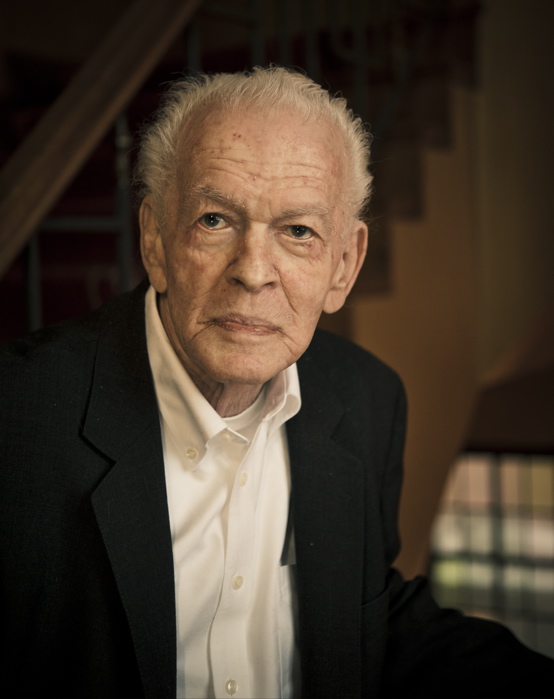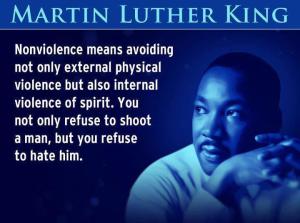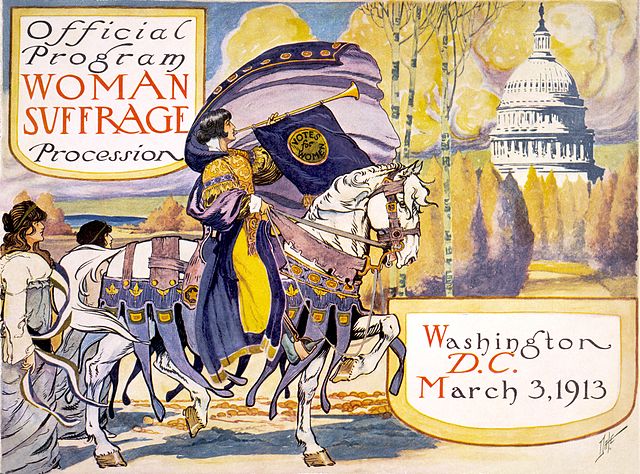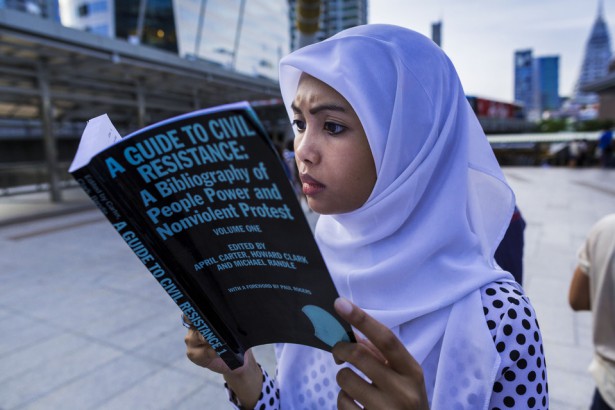by George Lakey
Editor’s Preface: The Manifesto, originally published in 1976 as a complete issue of the War Resisters League magazine WIN, continues our series of important historical documents that have helped shape our current understanding of the meaning and uses of nonviolence and nonviolent civil resistance. Along with Lakey’s “Strategizing for a Living Revolution”, which we previously posted, Manifesto has generated a lively debate, which still continues, as the planned series by WRL on the Manifesto demonstrates. Setting current trends in their historical context, and showing their influences, is an often neglected but essential grounding for a deeper understanding of the role, extent, and effectiveness of personal nonviolence, and nonviolent civil resistance. JG
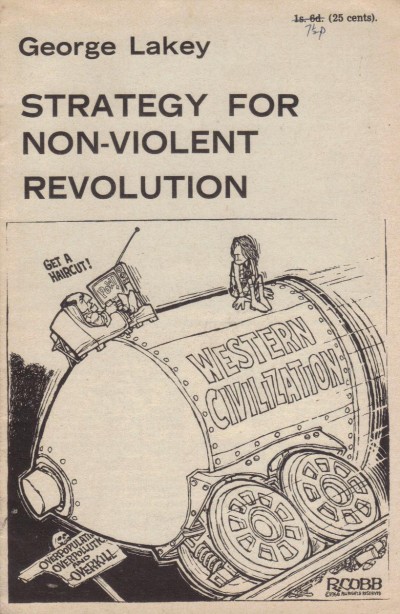
Cover courtesy Peace News; peacenews.info
How can we live at home on planet Earth?
As individuals we often feel our lack of power to affect the course of events or even our own environment. We sense the untapped potential in ourselves, the dimensions that go unrealized. We struggle to find meaning in a world of tarnished symbols and impoverished cultures. We long to assert control over our lives, to resist the heavy intervention of state and corporation in our plans and dreams. We sometimes lack the confidence to celebrate life in the atmosphere of violence and pollution, which surrounds us. Giving up on altering our lives, some of us try at least to alter our consciousness, if through drugs. Turning ourselves and others into objects, we experiment with sensation. We are cynical early, and blame ourselves, and wonder that we cannot love with a full heart.
The human race groans under the oppressions of colonialism, war, racism, totalitarianism, and sexism. Corporate capitalism abuses the poor and exploits the workers, while expanding its power through the multinational corporations. The environment is choked. National states play power games, which defraud their citizens and prevent the emergence of world community.
What shall we do?
Rejecting the optimistic gradualism of reformists and the despair of tired radicals, we now declare ourselves for nonviolent revolution. We intend that someday all of humanity will live on Earth as brothers and sisters. We issue this manifesto as guidance in the next decades to ourselves and to others who choose not to escape, who want to recover their personhood by participating in loving communities, who realize that struggle is central to recovering our humanity, and who want that struggle to reflect in its very style a commitment to life.
The manifesto includes a vision of a new society, its economy and ecology, its forms of conflict, its global dimensions. The manifesto also proposes a framework for strategy of struggle and change, which is presented here.
Read the rest of this article »


